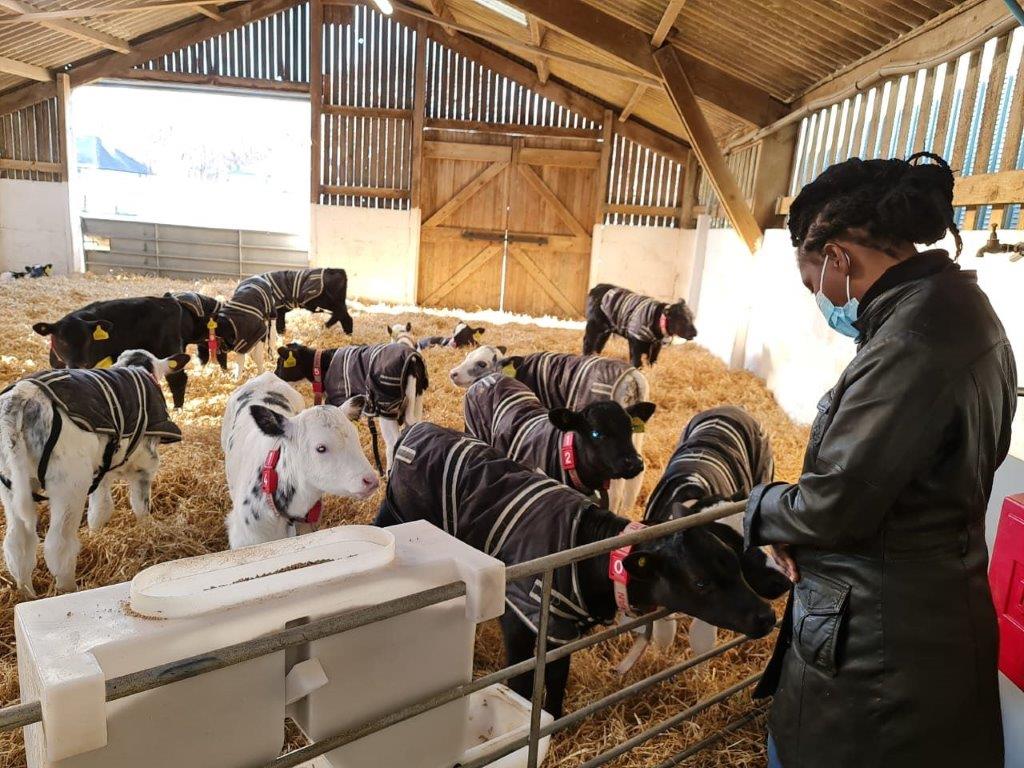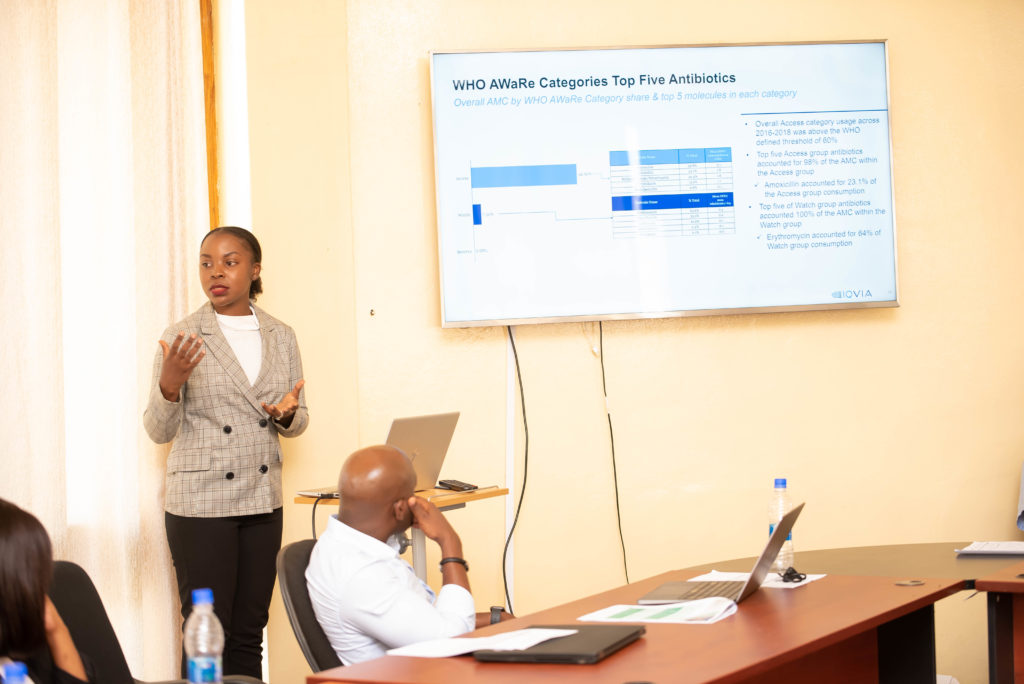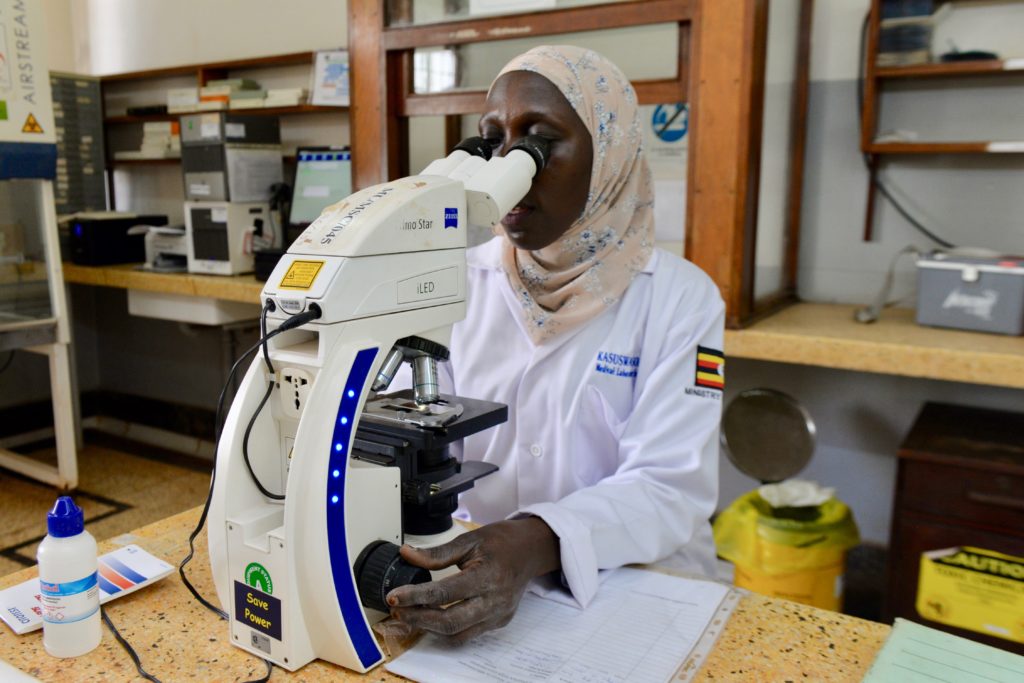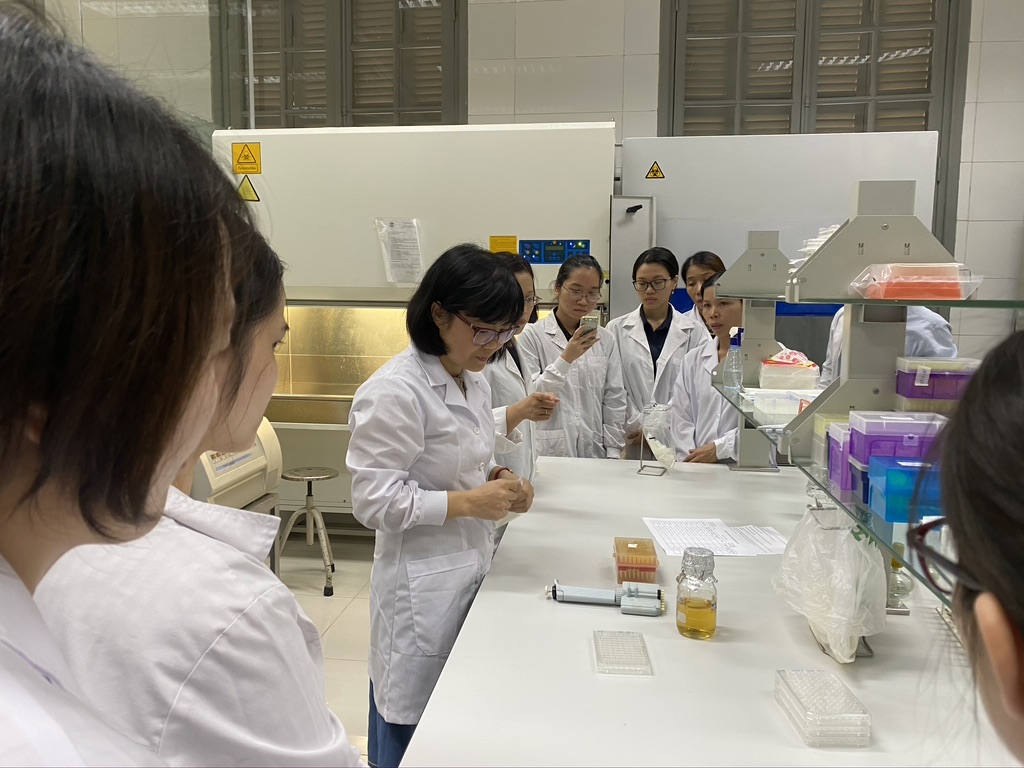To mark One Health Day, we revisit the holistic concept spanning human, animal, and environmental health, which is one of the Fleming Fund’s guiding principles.
Putting Gender and Equity at the heart of the Fleming Fund's next phase
There is a growing recognition that both sex (the physical dimension) and gender (the psychosocial dimension) – and the interaction between them and behaviours between them – can play a significant role in antimicrobial resistance (AMR) and use (AMU).
Gender is a social construct that interacts with, but is different from, biological sex. Gender refers to the norms, roles, actions and attributes that society deems appropriate. Gender equality means that everyone – no matter their gender – can equally access and benefit from social, economic, and political resources. These include as health services, laws and policies, and education.
The global ambition of health equity is defined by the absence of unfair, avoidable, and remediable differences in health status among groups of people. This is underpinned by gender inequality intersecting other forms of inequity (ethnicity, race, age, disability, class, and poverty) to multiply the burden of vulnerability and marginalisation.
In all countries, health indicators reveal differences between genders among socioeconomic groups and across lifespans. Health outcomes are dependent on risk exposure, adoption of healthy behaviours, and access and capabilities of available health service including formal and informal care. Biology is important in shaping these differences but does not explain all these factors.
We speak to our Principal Health Specialist and Policy Fellowships Manager Terri Collins on how gender and equity is a multidimensional cornerstone of the Fleming Fund programme that spans the global public health sphere.

Malawi fellows touring the veterinary school facilities at their Host Institution, University of Edinburgh. The fellows planned and delivered a One Health project to assess the level of antibiotic resistance of E. Coli on poultry farms in central Malawi - the first study of its kind in the country.
What are the implications of gender and equity in the AMR community and healthcare sector?
AMR is often seen as an issue of ‘bugs and drugs’. However, it is increasingly recognised that there are major differences in the impact of AMR across diverse groups of people due to factors such as sex, gender, age, and socio-economic context.
The World Health Organization guidance now suggests that to be effective, AMR programmes must consider how people are impacted differently. Do any groups in society face greater or different risks of exposure to AMR – or more challenges in accessing, using, and benefiting from the information, services, and solutions to tackle AMR? And who, why and what can we do about it?
At the heart of this is the value of AMR data surveillance being relevant to reach people in their everyday lives – at home, at work, and in their communities. If not, the research carried out may not fully address what really matters which has implications for sustainability and impact.
Similarly, we need to consider how AMR programming sits within wider global development initiatives, such as the United Nations (UN) Sustainable Development Goals (SDGs). This is particularly important for the SDGs related to universal health coverage, gender equality, environmental and food security themes; and the cross-cutting commitment of the United Nations’ ‘Leave No One Behind’ initiative to eradicate poverty, end discrimination, and exclusion.
...We need to consider how gender and equity factors associated with the social and cultural context can affect health-seeking behaviour and health outcomes among different social groups.
How does gender inequality further burden already marginalised groups in developing countries?
Sex, gender, and equity are important considerations in understanding the patterns of risk and burden of AMR at global and local levels. This is sometimes due to differences in female/male biology and physiological responses to infection and medication over the life course, meaning implications for the consumption and use of antimicrobial medicines and for AMR.
For example, urinary tract Infections (UTIs) are more common in women, especially younger women; an increasing number of antibiotic resistant strains can make effective treatment of UTIs more complicated. If a woman contracts a sexually transmitted infection (STI), especially gonorrhoea, this can lead to pelvic inflammatory disease, infertility, and ectopic pregnancies if the infection is untreated or untreatable. Women can also be at increased risk of AMR exposure during pregnancy and childbirth, especially where these events take place in healthcare settings without safe or hygienic conditions.
In addition, we need to consider how gender and equity factors associated with the social and cultural context can affect health-seeking behaviour and health outcomes among different social groups. Gender and equity themes can influence who controls health resources, access to healthcare and diagnostics, the nature of medication prescribed and the risk of infection in health and workplace settings.
They can also determine social roles, behaviours, the type of work people do – and hence the occupational risks associated with AMR. For example, women make up most healthcare workers worldwide; they may, therefore, be disproportionately exposed to drug-resistant pathogens, especially in poorly resourced healthcare settings.
Similarly, gender norms around agriculture, animal husbandry and food production can mean women and men face different risks of exposure to zoonotic infection and drug-resistant microorganisms.
Failure to connect these issues inadvertently contribute to social inequalities and increased marginalisation.

Fleming Fund Ministry of Health visit in Malawi.
How are we addressing gender and equity within the Fleming Fund programme?
The Fleming Fund is a leading UK government investment, tackling AMR in low- and middle-income countries by improving laboratory and surveillance capacity. This means reliable drug resistance data can be shared nationally, regionally, and globally to promote more rationale use of antimicrobials for human health, animal health and agriculture.
The programme’s three main instruments to inform and influence health policy with a One Health approach, include: country grants for laboratory and surveillance capacity for AMR data use; regional grants to support regional initiatives on AMR data collection, analysis, and use; and a fellowship scheme for the professional development of country-based practitioners and policymakers in addressing AMR.
In the next phase of the programme, the Fleming Fund has identified gender and equity as a core principle to underpin and enhance all programme activities.
The programme aims to ensure that no opportunity is missed to advance gender equality and health equity in our interventions; and that ‘no harm is done’ due to unintended consequences. For example, the disaggregation of STI data could inadvertently reinforce the stigmatisation of some affected groups.
However, this is the case for insufficient evidence and information to inform our practice, so will be a starting point – finding out how, why and to what extent gender and equity intersect with AMR will be the primary focus. In addition, we will gather data on gender-specific health issues to build evidence for action.

Fleming Fund in Uganda kick-off meeting.
How are we working or planning with our grantees and fellows to integrate the principle of gender and equity into their Fleming Fund activities?
The design of Fleming Fund’s gender and equity approach builds on experience from collaborative research projects already conducted within the Fleming Fund fellowship scheme. These include, for example, a study on UTI prevention and prophylaxis in Indonesia and a study of antimicrobial susceptibility patterns among mothers and children under five in two states of Nigeria.
As a next step, we will also commission country assessments to examine how factors, such as sex, occupation, income, age, risk factors, and geographic location, influence AMR and AMU. These assessments will help us identify opportunities to contribute to the wider evidence base - for example, through improved sex disaggregation of AMR/AMU surveillance data, and the formation of strategic partnerships to conduct specialist studies across One Health sectors in selected Fleming Fund-supported countries.

Basic microbiology lab training practical at the National Institute of Hygiene and Epidemiology in Hanoi, Vietnam.
Considering the Fleming Fund Theory of Change model, how are the gender and equity dimensions reflected in our output and wider AMR practices?
In line with international best practice, the Fleming Fund aims to ensure its gender and equity activities are people-centred, equity-focused, participatory, context specific and evidence-based. This will also help to ensure these activities remain consistent with the programme’s core principles of country ownership, alignment, sustainability, and One Health concept.
By mainstreaming our approach across the grant streams, our gender and equity approach will contribute to programme outcomes, such as the production of quality AMR data that is analysed and shared with decisionmakers, and the optimised use and quality of antimicrobial medicines across all sectors.
By increasing the focus on gender and equity in phase II, we aim to contribute to our goal of a reduction in AMR prevalence and associated morbidity and mortality for all, regardless of differences in sex, race, capability, class, or economic situation.
Further Reading
The definition of gender in the introduction is from: ReAct. (2020), Scoping the Significance of Gender for Antibiotic Resistance. Available at: https://www.reactgroup.org/news-and-views/news-and-opinions/year-2020/new-react-report-antibiotic-resistance-affects-men-and-women-differently/.
Information on women's health and AMR is from: World Health Organization (WHO). (2018), Tackling Antimicrobial Resistance (AMR) Together: Working Paper 5.0: Enhancing the focus on gender and equity. Available at: https://apps.who.int/iris/bitstream/handle/10665/336977/WHO-WSI-AMR-2018.3-eng.pdf.
The Fleming Fund Theory of Change model is available here: https://www.flemingfund.org/wp-content/uploads/d681876608d2adac1c86cb67f1fa15fa.pdf.
More Like This
Knowledge Notes
From Knowledge Notes, One Health: breaking down silos and driving the Fleming Fund forward , Date: 03/11/2023
Knowledge Notes
From Knowledge Notes, Beyond Bugs and Drugs, an AMR social science opportunity , Date: 11/08/2023
With global Sustainable Development Goals (SDGs) threatened by antimicrobial resistance (AMR), how can social science play a critical role in finding solutions?